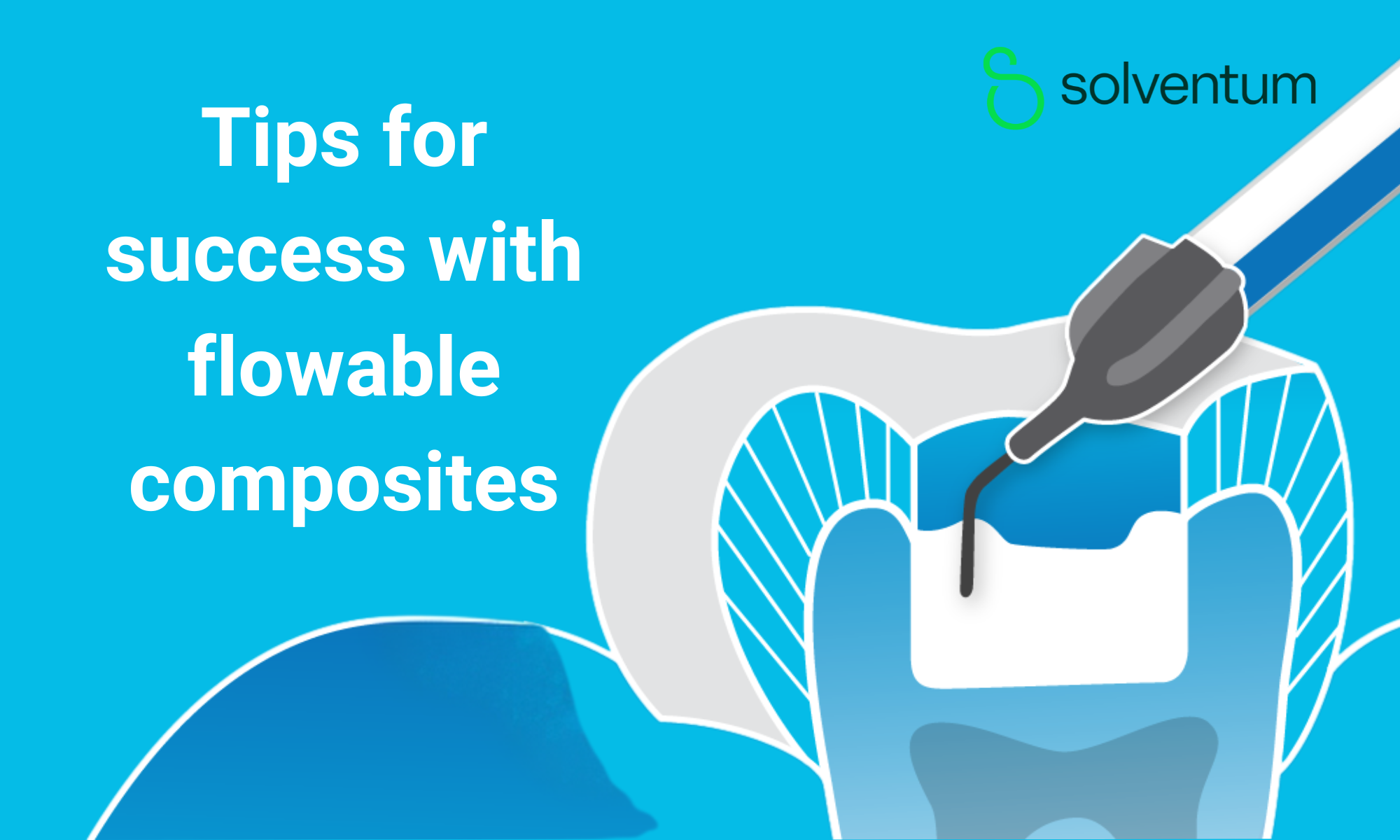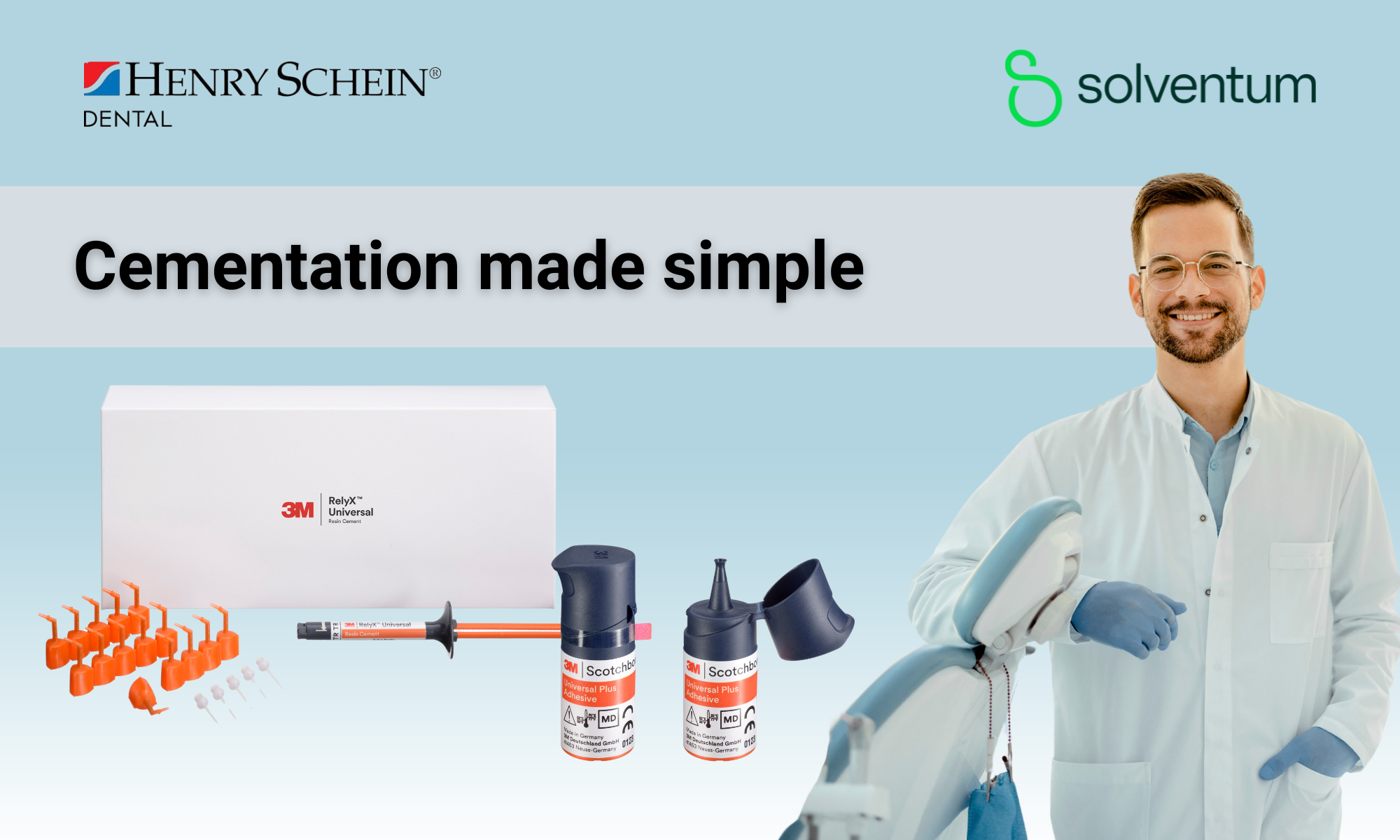Be prepared with alternatives to amalgam

In 2013, the UK was one of many countries that signed the ‘Minamata Convention on Mercury’, a treaty designed to protect both people and the environment from the harmful effects of mercury. As a result of this agreement, the use of amalgam in dentistry has been facing a phase down for over a decade, however, with the looming January 2025 EU amalgam ban, the phase out is likely to accelerate.
As it stands, there is no alternative product that directly matches what amalgam is capable of, and there likely never will be. It is a unique material that offers high durability, longevity, radiopacity, and sealing, all at a low cost.
-2.png?width=345&height=345&name=Untitled%20design%20(39)-2.png) One particular issue that the loss of amalgam brings to the forefront is shrinkage in composite resin fillings. Unlike amalgam, which expands as it sets, creating a tight seal with the tooth, composite materials tend to shrink as they cure.
One particular issue that the loss of amalgam brings to the forefront is shrinkage in composite resin fillings. Unlike amalgam, which expands as it sets, creating a tight seal with the tooth, composite materials tend to shrink as they cure.
The problem with shrinkage isn’t just the size reduction itself but the stress it creates on the tooth. As the composite shrinks, it can pull on the adhesive layer, sometimes even separating it from the tooth. This stress can cause a host of issues, from microleakage to cuspal deflection, where the tooth's cusps might crack or even fail.
Fortunately, bulk fill flowable composites offer a promising solution. These materials are designed to be placed in larger increments and are more translucent, allowing for deeper curing. While they may not have the strength of traditional composites due to their lower filler content, they can be capped with a stronger composite layer to combine the benefits of both materials—strength, reduced stress, and improved aesthetics.
One of the most promising alternatives is a combination of Solventum products that streamline the restorative process, ensuring excellent results with minimal technique sensitivity.
3M Filtek™ One Bulk Fill Composite
- Curing depth: Designed to be cured to a depth of 4mm in Class I and 5mm in Class II cavities.
- Translucency to opacity shift: Begins as a translucent material to allow deep curing, then shifts to an opaque finish, mimicking the look of natural tooth structure, making it suitable for both anterior and posterior restorations.
- Nano-filler technology: Contains 100% nano-filler, providing the strength required for posterior composites and wear resistance comparable to natural enamel over five years.
- Stress-relief chemistry: Features an innovative resin molecule known as an addition fragmentation monomer that relieves stress during curing by breaking and reforming in lower stress orientations.
- BPA-free: Both BPA and BPA derivative-free, ensuring safety and biocompatibility.

This bulk fill composite is paired with 3M Scotchbond™ Universal Plus Adhesive, a radiopaque universal adhesive that provides reliable bonding and sealing of caries-affected dentine. Together, these products create a strong, aesthetic, and durable restoration that rivals amalgam in performance, but with additional benefits like reduced technique sensitivity and better aesthetics.
3M Ketac™ Universal Glass Ionomer
 In situations where a resin composite may not be the ideal choice, a glass ionomer restorative such as 3M Ketac™ Universal Glass Ionomer offers a strong alternative:
In situations where a resin composite may not be the ideal choice, a glass ionomer restorative such as 3M Ketac™ Universal Glass Ionomer offers a strong alternative:
- Self-adhesive: Requires no conditioner or protective glaze, simplifying the application process.
- Radiopaque: Provides strong visibility on radiographs for easy monitoring of the restoration.
- Time-saving: The elimination of extra steps makes it less technique-sensitive and quicker to use.
Finally, ensuring adequate isolation and moisture control is crucial, particularly in posterior restorations. 3M Astringent Retraction Paste can be an effective solution for managing gingival retraction and moisture control during Class II and V restorations. It aids in achieving good gingival control and haemostasis, making access easier and helping to ensure the success of the restoration.

